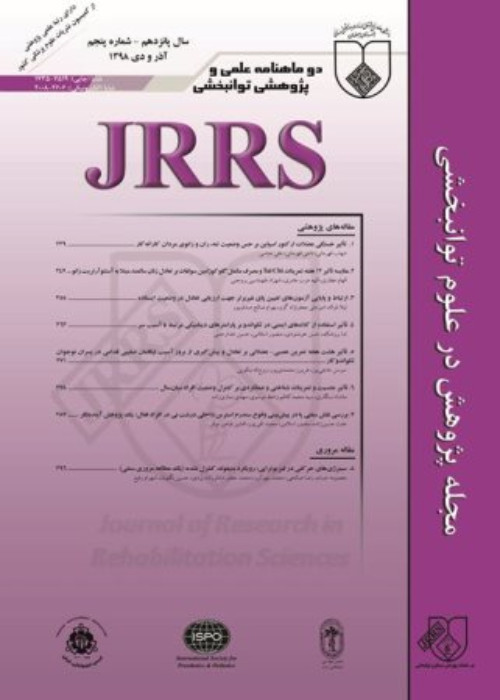The Speech Prosody Tests: A Narrative Review
Speech prosody is one of the important communication components that describes the paraliguistic features of speech. The tests are suitable tools for quantifying speech and language skills, and of necessary needs for evaluation, screening, describing, diagnosis, and treatment of various aspects. The purpose of present study was to review existing tests in speech prosody recognition, as well as their subtests, implementation and scorings, and ultimately their application in clinical and research fields of children and adults.
An electronic search for reviewing common speech prosody tests was performed in Web of Science, PubMed, Scopus, Medline, Scientific Information Database (SID), Google Scholar, Ovid, and Magiran databases to obtain relevant articles published from 1981 to 2019. The keywords used included “Prosody”, “Assessment”, “Test”, “Tool”, “Evaluation”, “Diagnosis”, “Instrument”, and “Measurement”. The articles obtained using the inclusion criteria were studied following as access to the full text of the article and the English or Persian language. From 15 articles found, 8 tests that were adhered to the inclusion criteria were selected for consideration.Results</strong>: 8 speech prosody tests were evaluated which included 5 perceptual tests, 2 expressive tests, and 1 perceptual expressive test. The oldest test was made in 1981, and the latest in 2012.
The literature review shows that some tests have been used more often in recent years due to the specialized expertise of the subtests. A review of speech tests suggests that the Profiling Elements of Prosody in Speech-Communication (PEPS-C) test is more prestigious due to the assessment of perceptual and expression areas, standardization for normal and disabled children, translation into several languages, and high psychometric properties.
-
Designing and Preliminary Validation of an Azerbaijani-Turkish Grammar Comprehension Test for 4-6 Years Old Children
, Akbar Darouie*, Abbas Ebadi, Talieh Zarifian, Hourieh Ahadi
Archives of Rehabilitation, -
The Pragmatic Assessments in Children: A Narrative Review
Boshra Bahrami, Fatemeh Fekar-Gharamaleki *
Journal of Research in Rehabilitation Sciences,



